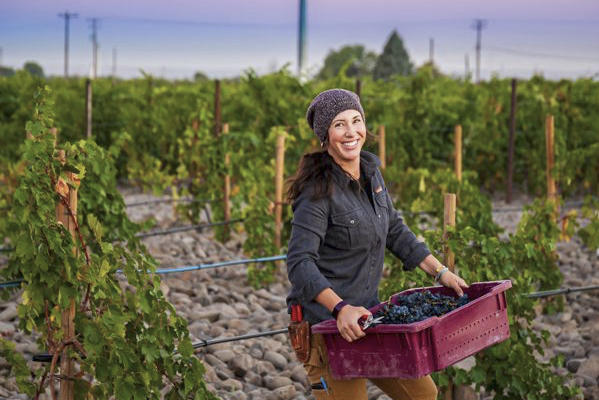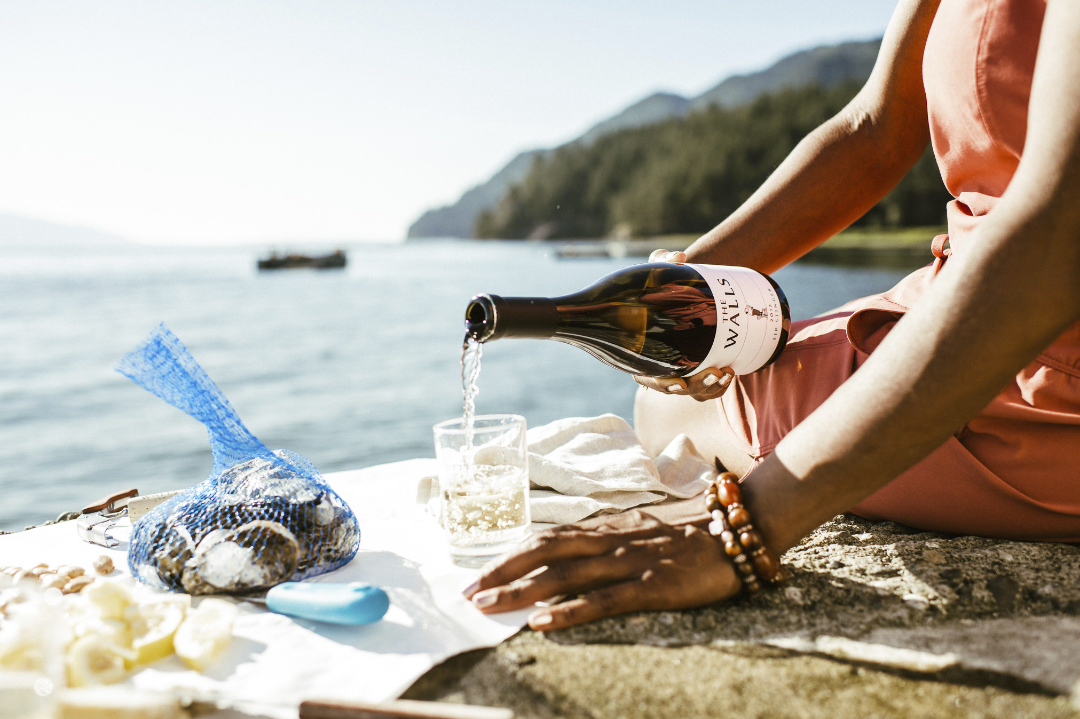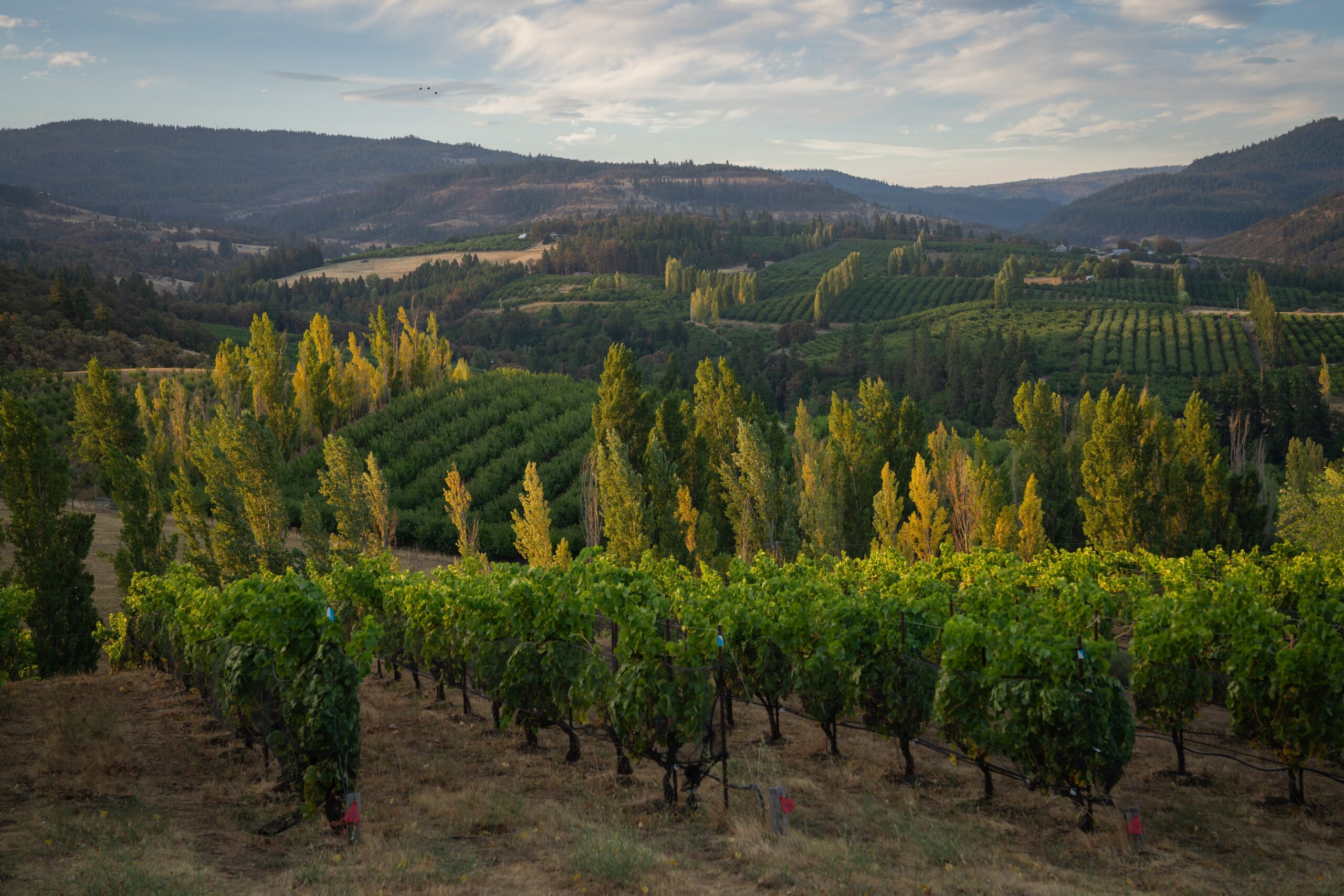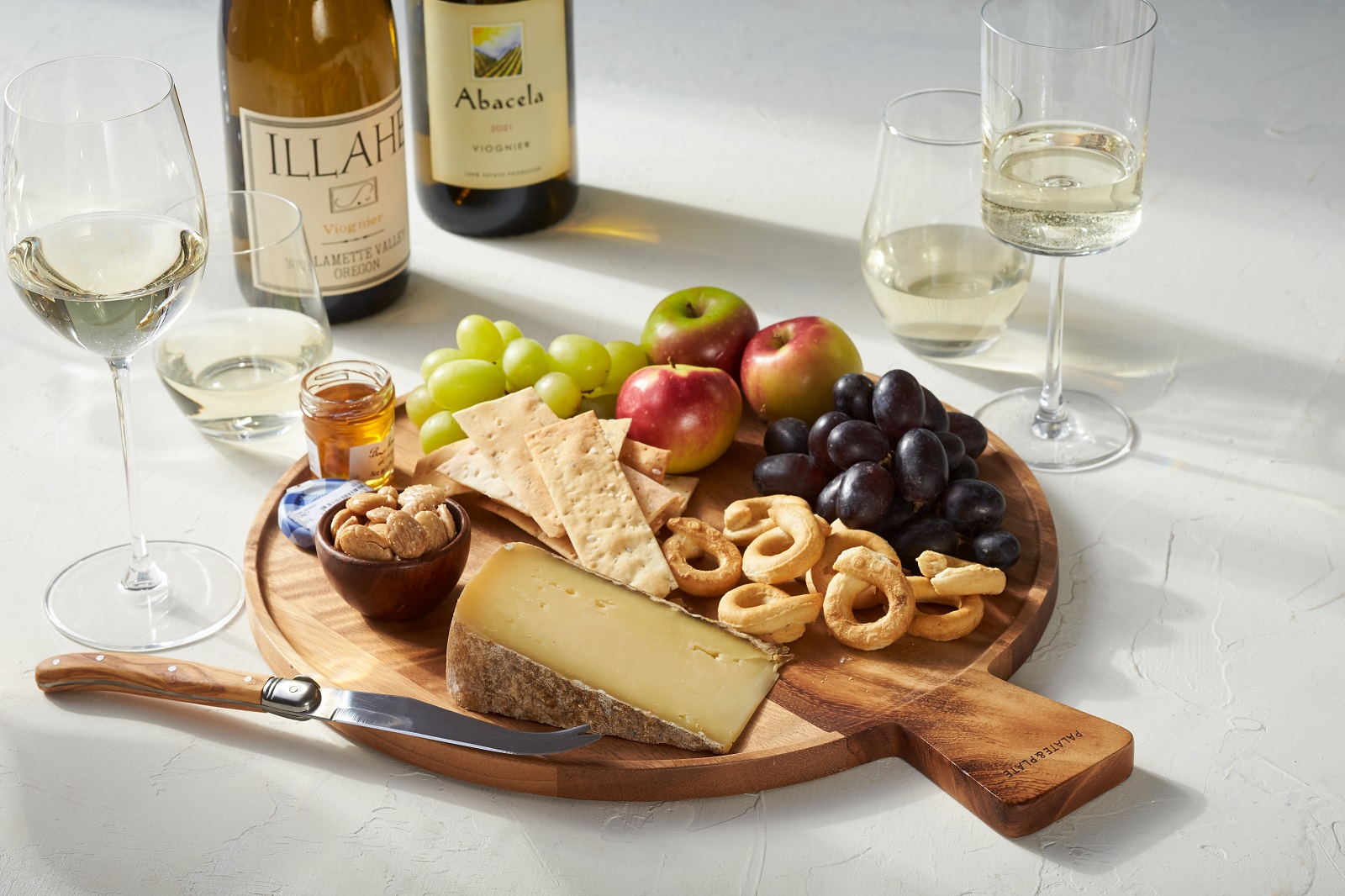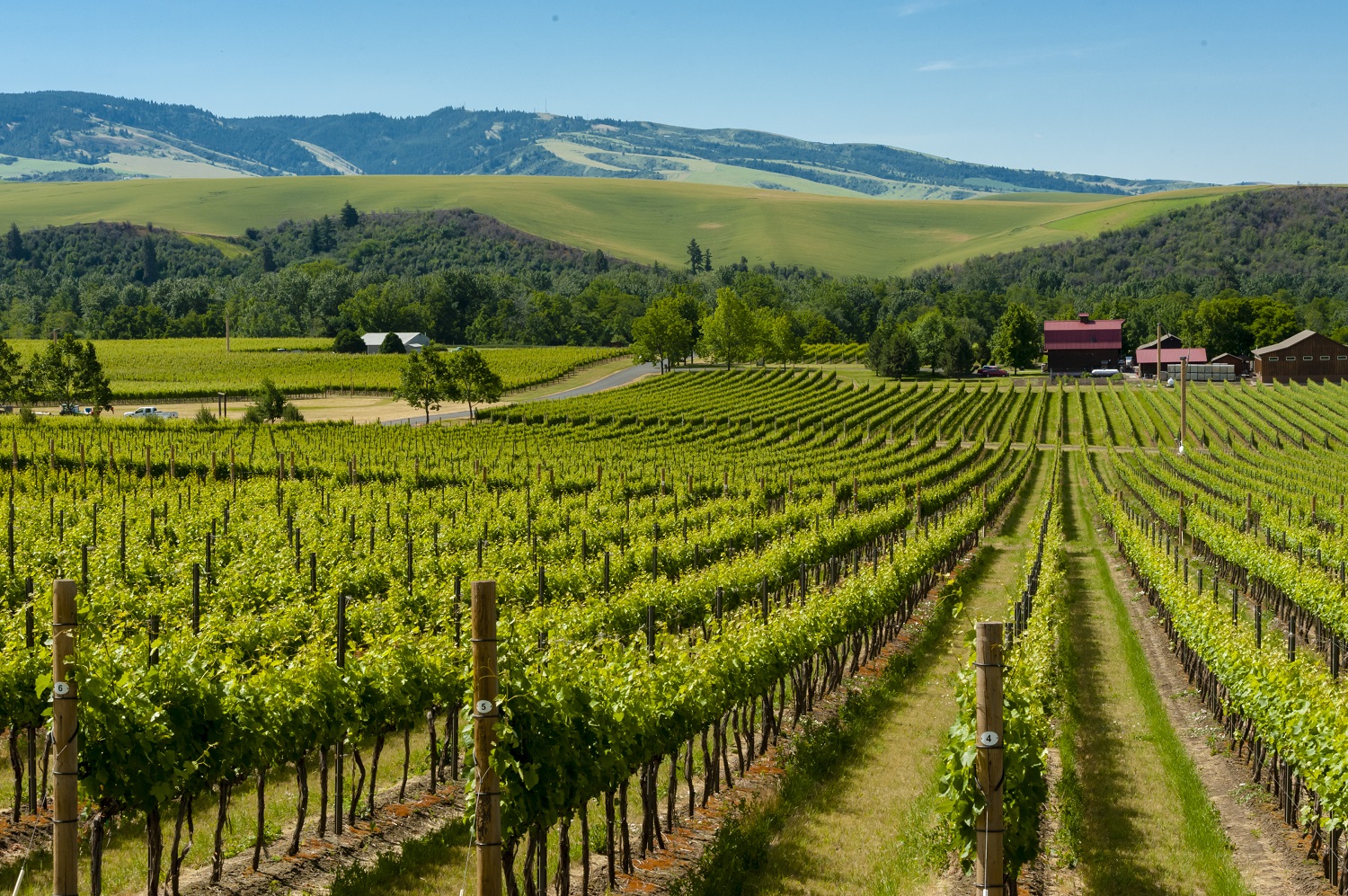About the Walla Walla Valley
Hemmed in by the Blue Mountains to the southeast, the Palouse to the north, and the Columbia River westward, the Walla Walla Valley AVA straddles southeast Washington and northeast Oregon. The modern-day wine industry began in the 1970s when childhood friends Gary Figgins of Leonetti Cellar and Rick Small of Woodward Canyon Winery began conducting oenological experiments in Rick’s garage. Today there are more than 100 wineries working in this warm and distinct climate.
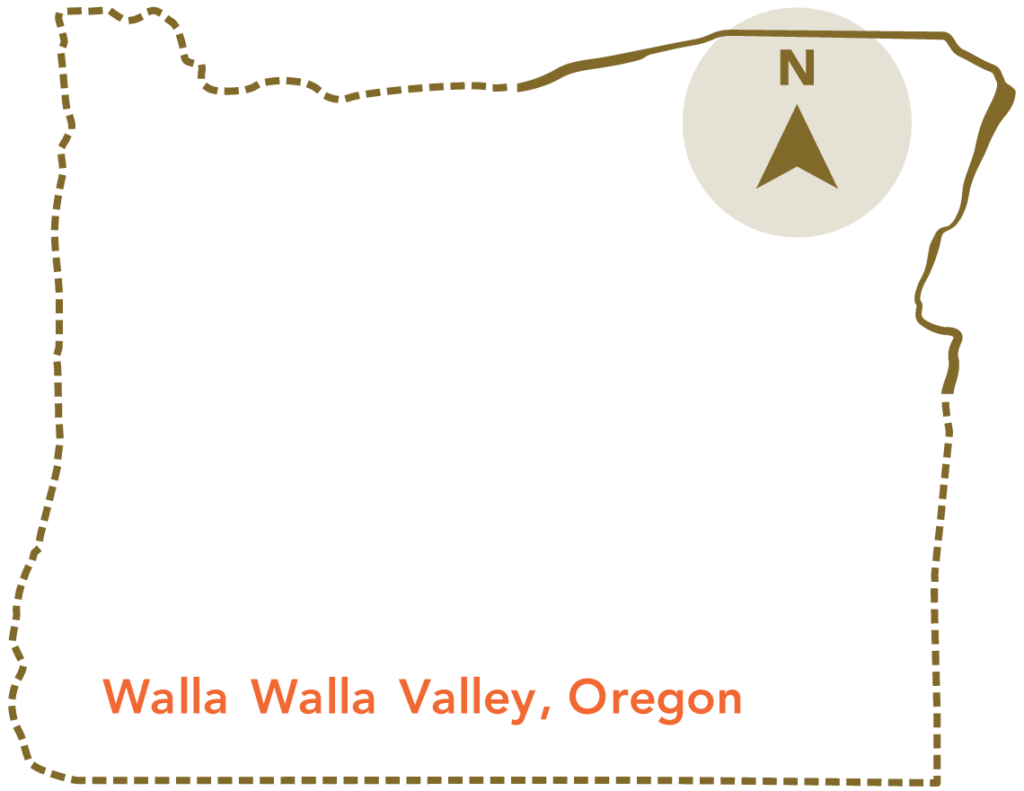

Absolute. Resilient. Audacious.
Eastern Oregon and Washington, home to the cross-border Walla Walla Valley AVA, may surprise those whose vision of Oregon is only informed by the crashing Pacific coast and towering Douglas Fir forests. Located about 250 miles (400 km) east of Portland, the Walla Walla Valley AVA is contained within the Columbia Valley appellation, far from the marine influence of the Pacific.
Situated along latitude 46° N, midway between Bordeaux and Burgundy, the Walla Walla Valley AVA lies on a bedrock of fractured basalt laid down 15 million years ago, its soils composed of the sand and gravel discarded by ancient floods, layered by wind-deposited silts. Those soils produce not only juicy strawberries and sumptuous sweet onions, but also some of the finest Syrahs, Cabernets, and Merlots in the world. In the land of “many waters,” this oasis amid the vast sagebrush desert that rolls across America’s northwest interior, winegrowers are working their craft, from the foothills of the spectacular Blue Mountains to the arid regions of the valley’s west, building on a history almost four decades long.
On the Washington side, the bustling small town of Walla Walla acts as a hub for many visitors. There are dozens of wineries in and around downtown, as well as hiking, golfing, and sightseeing nearby. On the Oregon side (only 10 minutes south), the Rocks District of Milton-Freewater AVA takes its name from the small farming community inside its boundaries. The cobbled vineyards surrounding the town of Milton-Freewater produce some of the most awarded and coveted wine grapes in the entire Northwest.
The AVA’s warm growing season, low rainfall, and complex soils lead to layered, full-bodied wines. Dry July and August heat provides a vibrant core of ripeness in the berries, while the chill of September nights assures the acidic backbone necessary for creating superb wines.
Keep exploring
Walla Walla Wine
Walla Walla Valley Wine is the leading resource for those interested in learning more about the Valley’s wine industry.

The Rocks District
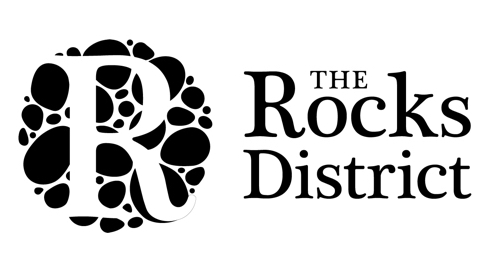
Visit Walla Walla

Tasting Room Directory
Explore tasting rooms in the Walla Walla Valley.
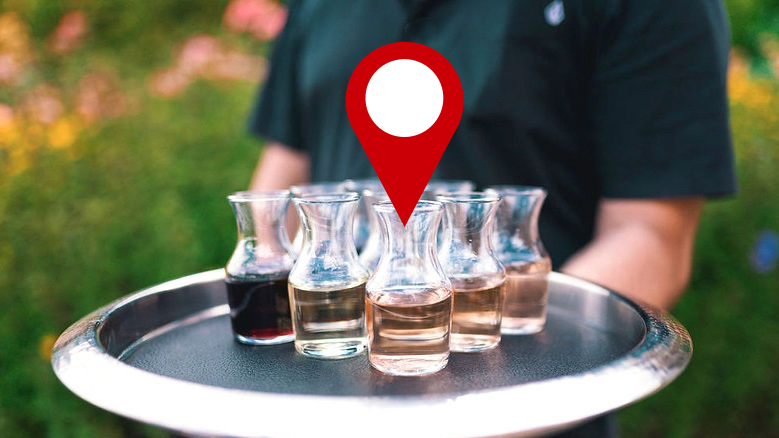
Dig Deeper

- Established: 1984
- Total Area: 359,600 acres (145,525 ha)
- Planted Area: 2,930 acres (1,185 ha) total, 1,260 acres (510 ha) in Oregon
- Predominant Varieties: Cabernet Sauvignon, Syrah, Merlot
- Predominant Soils: Volcanic, Missoula flood sediments, loess, cobbles
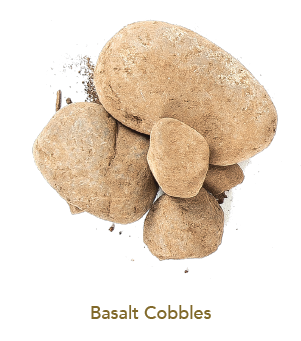

Nested AVAs
Follow along @wwvalleywine
Resources


